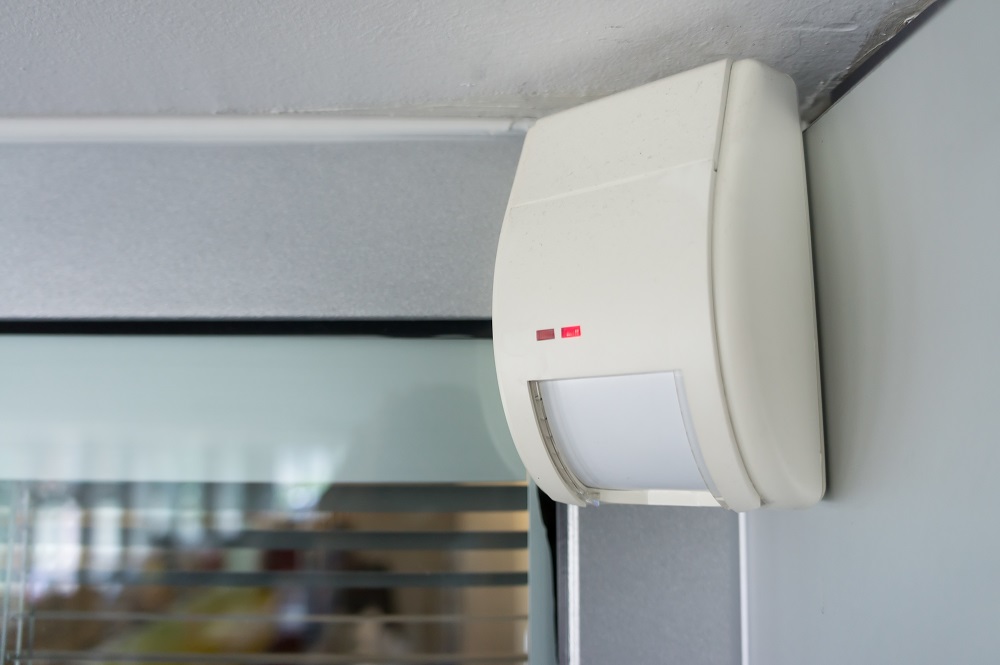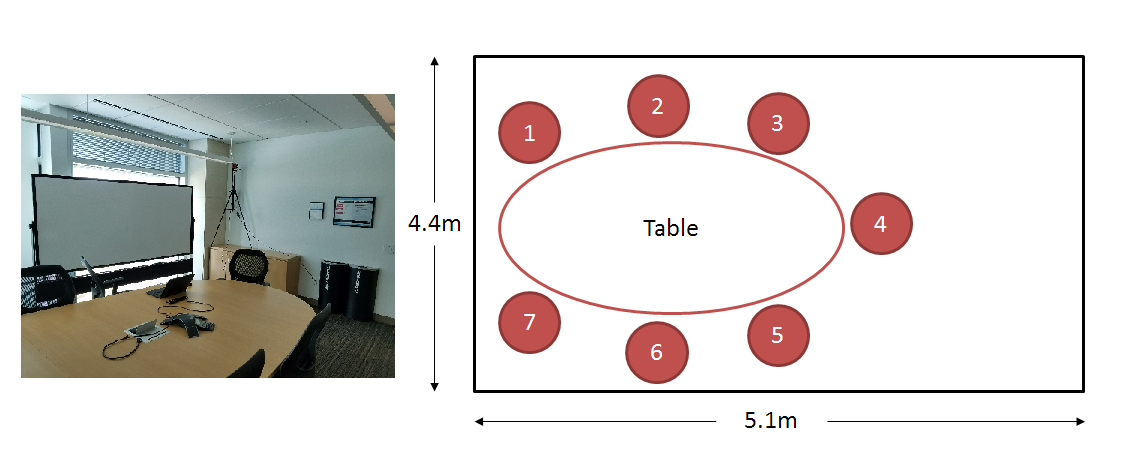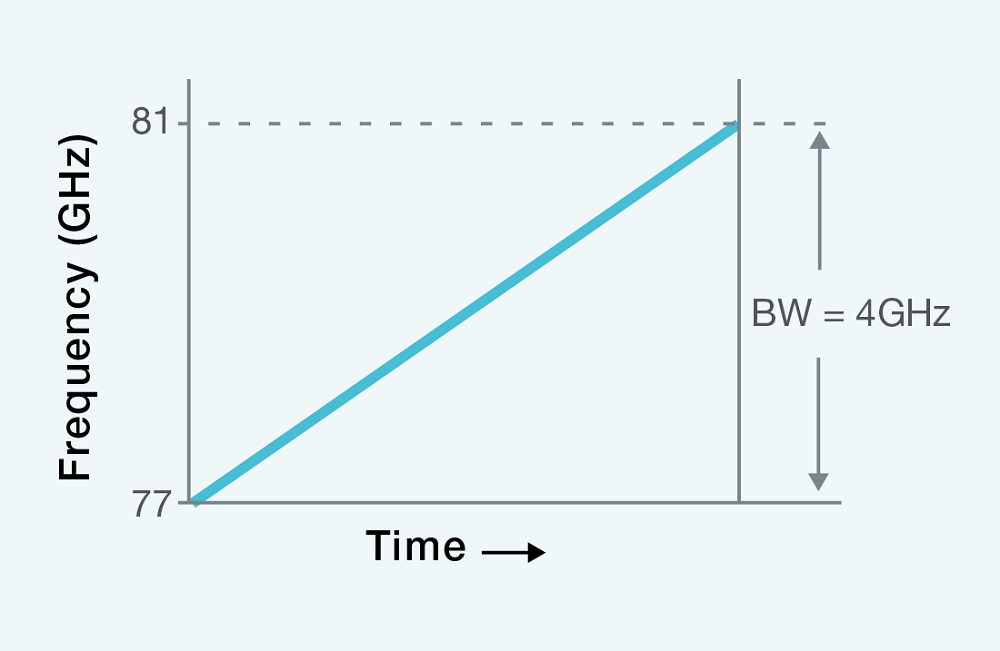BY KEEGAN GARCIA, Marketing Manager
Texas Instruments mmWave Sensors Business
www.ti.com
Engineers and architects designing new office buildings and factories are increasingly seeking improved sensors to implement a variety of energy-saving safety and security features. These sensors are used to detect the movement and location of people in office buildings as well as robots or other machines in factories. Multiple sensor types have been used with some success in earlier designs, but designers are now just discovering millimeter-wave (mmWave) sensors. Low-cost mmWave single-chip radars can act as sensors and offer many benefits not possible with other sensors. As new buildings and factories are being built and/or retrofitted, mmWave sensors can add improved and new capabilities not previously possible.
Primary applications
The main value of detecting and tracking people is energy conservation. In buildings with many workers, the location and density of people varies widely over time. It makes sense to adjust the heating and air conditioning and lighting based upon human occupancy. If people are present, the optimum amount of heating or cooling and lighting can be provided to maintain productivity. If no humans are present, cooling and heating can be greatly reduced and lighting turned off, resulting in major energy savings.
Security systems can also be enhanced by automated surveillance. People location, counting, and tracking are the essential data needed to protect some spaces and to ensure that doors and gates are controlled to fit a desired security protocol.
Safety is another use of proximity detection, especially in factories where moving robots and other machinery can pose a threat to humans. Motion sensing with appropriate warnings can reduce accidents significantly. Other uses include traffic monitoring at intersections and parking lots as well as level sensing of liquids or solids in tanks.
The success of all of these applications depends upon the reliability and accuracy of people detection and tracking. The mmWave sensors can provide just that.
Sensor survey
Delivering optimum heating, air conditioning, and lighting to an office building or factory can result in major operational budget savings. For example, changing the temperature and turning off the lights if no occupants are in a room provide significant energy savings. Energy Star states that the average commercial building wastes 30% of the energy that it consumes if it does not account for the presence of people. The key to achieving lower costs is providing just the right amount of environmental conditions at the right time.
Building and factory automation systems rely upon sensors of all types to monitor a wide range of physical characteristics. Some examples include temperature, humidity, and ambient light sensors as well as smoke detectors. Other sensors are magnetic detectors for window and door monitoring and detectors for carbon monoxide and other toxic gases or dust and pollen. All of these sensors send signals as feedback to central control systems that operate heating and air conditioning (HVAC) and lighting systems. Employee comfort and productivity increases with proper temperature and lighting conditions.
The essential factor is the monitoring process that determines how many people and where the people are in a building. Special sensors are needed to detect and count people. Proximity sensors or detectors are used for this purpose.
One popular proximity detector is the passive infrared (PIR) sensor. It detects body heat and sends a signal to a controller for action. Simple PIR detectors like the one in Fig. 1 have a single broad coverage area with no discrimination ability other than coarse motion. The more sophisticated IR detectors use multiple IR lasers or LEDs to illuminate an area to create a 3D scene that can be captured by IR detectors. The digitized scene is then analyzed in software to determine a person count.

Fig. 1: A basic passive infrared detector like this one covers a large area but cannot distinguish detail.
Similar options are available with ultrasonic sensors or video cameras. Ultrasonic detectors paint an area with high-frequency sound in the 40-kHz to 80-kHz range and recover the reflections that can be analyzed in software for people detection. Video cameras are becoming more ubiquitous and can perform a similar function with machine vision software but encounter concerns over privacy.
All of the people-counting sensors are useful in some way but often do not provide the accuracy in determining the number of people present and other finer details. People motion is also difficult to capture. More accurate proximity sensors are needed for some applications.
Radar sensors
You probably think of radar as that technology used in airplane and ship navigation and safety or as a component in the newer advanced driver assistance systems (ADAS) used in vehicles for adaptive cruise control and automatic braking. Yet radar is now proving to be a superior sensor type in counting people and determining their location and movement thanks to the integration of intelligent processing and smaller form-factor packaging. A radar sensor could easily pinpoint the number of people occupying a conference room like the example shown in Fig. 2 . Low-cost CMOS single-chip radars are now available and being applied to this application.

Fig. 2: A typical business space like a conference room can be covered by one radar sensor and can accurately count the number of occupants at the table.
One type of radar device is the frequency-modulated continuous wave (FMCW) type operating in the 76-GHz to 81-GHz range. The best way to think of a single-chip radar system is to view it as just another type of sensor. As it turns out, mmWave radars are unusually good at proximity detection of objects, motion sensing, and measuring distance to the objects detected.
Recall that radar is used to measure distance, direction (angle), and speed. Police speed radars and baseball speed guns are good examples. An on-chip transmitter (TX) radiates a signal that is then reflected from a remote object and returns to a receiver (RX) also on-chip. The transmitted FMCW signal is a linear increasing frequency change for a short duration called a chirp (see Fig. 3 ). The chirps are repeated at a desired rate.

Fig. 3: An FMCW chirp signal has a frequency that linearly increases over a short duration of time.
Fig. 4 shows a simplified radar transceiver. The frequency of the return signal is mixed at the receiver (RX) with the transmitted frequency to produce an intermediate frequency (IF) that is digitized. Using this data with on-chip processors measures the time of transit and computes the distance given the known speed of radio waves. Location and angle (azimuth) can also be detected by using highly directional antennas. FM radar also lets you measure motion and speed. The result is a very flexible and programmable sensor that makes a very accurate people-sensing device.

Fig. 4: A simplified representation of a single-chip radar transceiver.
Some of the key benefits of radar compared with other proximity sensors are:
- They see in the dark whereas video cameras do not. They are not affected by smoke or dust in the air or bright sunlight.
- Their high frequency provides greater precision in resolving closely spaced objects. They can determine location and direction of motion. Multiple antennas form phased arrays with beamforming to help improve the people-counting accuracy.
- They measure fine degrees of motion and speed. Tests of PIR sensors versus mmWave sensors prove that the radar sensors can pick up on fine motions such as a human breathing.
- They can detect humans and motion through walls. Tests have shown that radar sensors can easily penetrate sheetrock or plastic walls and deliver an accurate count. However, two layers of dry wall or plywood do greatly attenuate the radar signal, making detection difficult.
While the mmWave radar sensors perform well in people counting, keep in mind that a great deal of the credit for detection and discrimination of objects goes to the processing software. Sophisticated algorithms and DSP microcontrollers are required to get the best results.
Advertisement
Learn more about Texas Instruments





